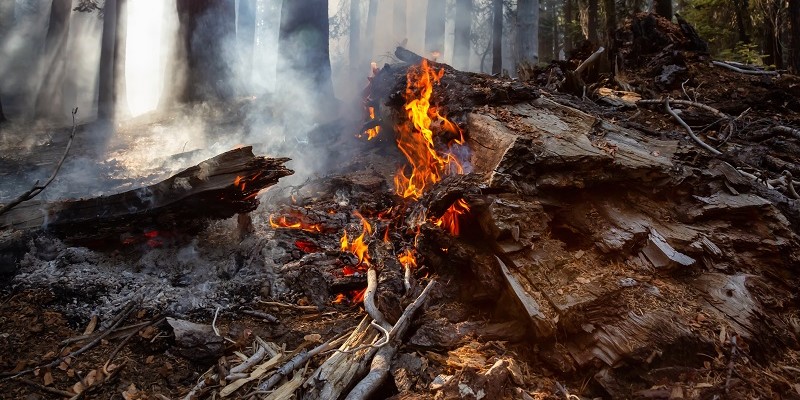

Current Fire Conditions
The fast-moving Palisades Fire, driven by dangerously high-speed Santa Ana winds, posed a significant threat to homes in the Pacific Palisades area of Los Angeles on Tuesday, January 7, leading to mass evacuation orders for approximately 30,000 residents and power shutoffs.
Concurrently, the Eaton Fire ignited around 6:30 p.m. near Altadena Drive and Midwick Drive in Altadena, rapidly expanding to more than 2,200 acres and prompting further evacuations. Extreme fire behavior, including short and long-range spotting, continues to challenge firefighting efforts.
Wind gusts reaching up to 60 mph are expected to persist through Thursday, potentially influencing both fire activity and suppression efforts. The Hurst Fire in Sylmar is currently burning around 500 acres. These fires are all at 0% containment as of the morning of January 8.



Weather Conditions
On January 6, the National Weather Service Storm Prediction Center (SPC) identified conditions in areas of southern California as being critical fire weather conditions (the second-highest fire weather severity rating) due to relative humidities ranging from 15% to 20% and wind speeds increasing throughout the day.
Delayed onset of the rainy season across southern California also contributed to severe drought conditions, the third-highest drought severity rating, as of January 1, 2025, from the US Department of Agriculture Drought Monitor.
The SPC expected wind speeds to strengthen overnight on January 7, increasing fire weather conditions to extremely critical (the highest fire weather severity rating) despite overnight relative humidity recovery increasing fuels moisture. The strongest winds are expected to continue through Wednesday mid-day, then remain at moderately high levels into Thursday.

Historical Fire Context
Since 1980, 6 fires have impacted the geography of the Palisades Fire, though none has encompassed the municipalities of Pacific Palisades or Brentwood.
The most damaging of these was the Woolsey Fire in 2018, which resulted in the third-highest insured loss in California history, amounting to USD 5.5 billion (2024). This devastating fire led to the loss of 1,650 structures. The Woolsey Fire occurred west of Malibu, compared to the Palisades Fire, which is located to the east of Malibu.

The initiation point of the Palisades Fire on the border of the Topanga State Park resides in an extreme wildfire risk score category; the majority of historical fires have transpired further west than the Palisades Fire. The southern portion of the fire abuts the Pacific Coast Highway and the Pacific Ocean; thus, wildfire risk is high to extreme nearly to the coastline.
Wildfire Risk in the Area

High to very high potential for urban conflagration exists in the communities of Pacific Palisades westward on the Pacific Coast Highway to Castellammare and Los Flores. Combined with extreme wind conditions, rapid expansion of the fire westward transpired within the first twenty-four hours of initiation. Additionally, the community of Altadena where the Eaton Fire is burning ranks as one of the most at-risk communities for urban conflagration risk in the entire United States, according to the Guy Carpenter Urban Conflagration Risk Score.
A higher urban conflagration index score indicates the combination of high structure density and elevated propensity for frequency and severity of wildfire activity, as measured by the Guy Carpenter wildfire risk score.


Additional links of interest:
National Interagency Fire Center
SPC Fire Weather Outlook
CalFire
NWS Los Angeles